Thankfully, when it comes to funding for maintenance and improvement of fish and wildlife habitat or sportsmen’s access, all our eggs aren’t in one basket—here are the major conservation funding sources that every hunter and angler should know
Sportsmen and women know that the money we spend hunting and fishing not only drives an $887-billion outdoor recreation economy, but it also pays for wildlife conservation and fisheries management across the country. License sales by state agencies and duck stamps from the U.S. Fish & Wildlife Service offer the most obvious examples, but the full picture includes a diversity of sources. Thankfully, not all our eggs are in one basket, and though we contribute heavily to the American conservation funding model, we are not alone.
At the federal level, conservation funding can be a complicated landscape of laws and acronyms. But it is critical that sportsmen and women understand where this money comes from—and it’s not always out of our own pockets—and the incredible value of investing in our fish and wildlife resources now, in case there’s ever a need to defend these revenue streams against shortsighted cutbacks in the future.
Get on a first-name basis with these major conservation funding programs.
The Gold Standards
The Federal Aid in Wildlife Restoration Act, more popularly known as the Pittman-Robertson Act, allows the federal government to assist states in wildlife management and restoration efforts. Passed on September 2, 1937, Pittman-Robertson applies an 11 percent excise tax to sporting arms and ammunition, the funds from which are distributed to states to cover up to three-quarters of the cost of specifically approved projects. Since its initial passage, the law has been amended to tax pistols and revolvers, bows, crossbows, arrows, and archery parts and accessories. Habitat improvement, population surveys, species introductions, wildlife research, hunter education, and the building and maintenance of public shooting ranges are among the types of projects funded by Pittman-Robertson (“P-R”) dollars.
In 1950, lawmakers passed the Dingell-Johnson Act, or the Federal Aid in Sport Fish Restoration Act. Modeled after Pittman-Robertson, the law provides federal dollars to states from an excise tax on fishing tackle, a motorboat fuels tax, and import duties on fishing tackle and recreational watercraft. These funds are used to support projects relating to the management of fish populations with a “material value in connection with sport or recreation in the marine and/or fresh waters of the United States,” including boating access facilities, wetlands restoration, boat safety, public education, and clean vessel sanitation efforts.
Pittman-Robertson and Dingell-Johnson have been tremendously successful, generating more than $20 billion dollars for conservation since the first annual P-R apportionment in 1939. In addition, both laws mandate that any state seeking funds under these programs must refrain from diverting fishing and hunting license sales for any purpose other than funding their fish and game departments. In this way, they reinforce the broader fiscal structures of our conservation model.
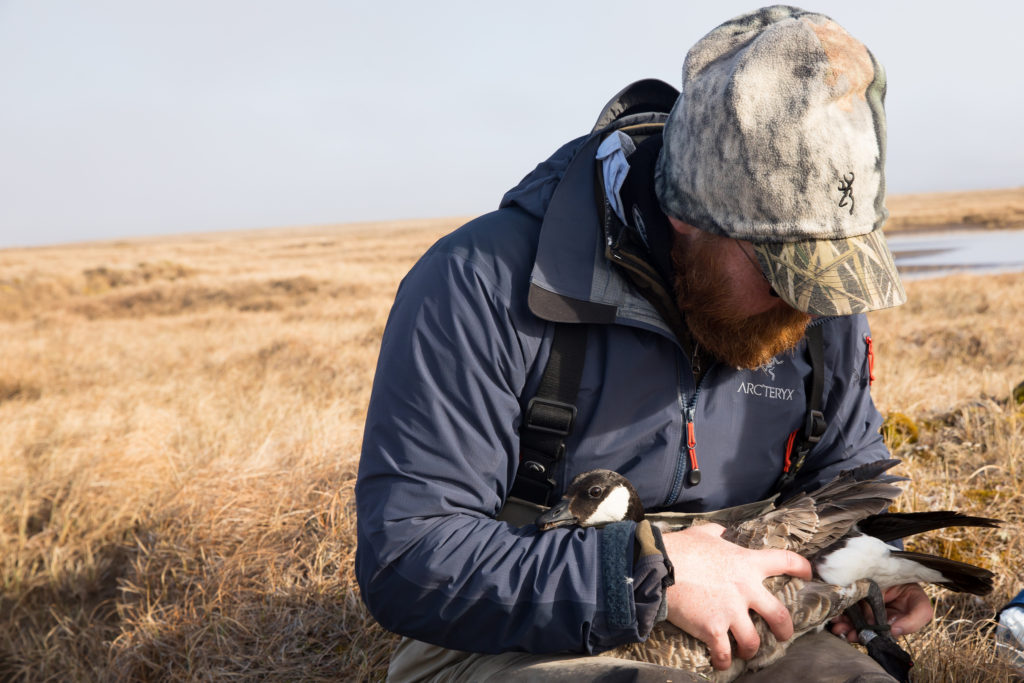
An Overlooked Workhorse
Although its name may bring to mind crop insurance and nutrition programs, the Farm Bill is the single-largest source of conservation funding in the United States. Given the fact that 70 percent of land in the lower forty-eight states is under private ownership and 45 percent of that is agricultural, American farmers and ranchers are critical to ensuring that our woods, waters, and fields continue to support healthy populations of fish and wildlife.
By supporting the nation’s agricultural producers, farm bill funding improves water quality and habitat, while also incentivizing public access and wetlands protections. Among the many important Farm Bill conservation programs are those encouraging the planting of cover crops and compensating farmers for removing environmentally sensitive lands from production. In addition to the sheer scale of the Farm Bill’s impact on the landscape, it is a fiscally significant source of funding at $6 billion in conservation spending each year. From 2012 to 2018, more than 900,000 acres of private land in thirty different states were opened for public hunting and fishing thanks to $40 million in Farm Bill allocations.
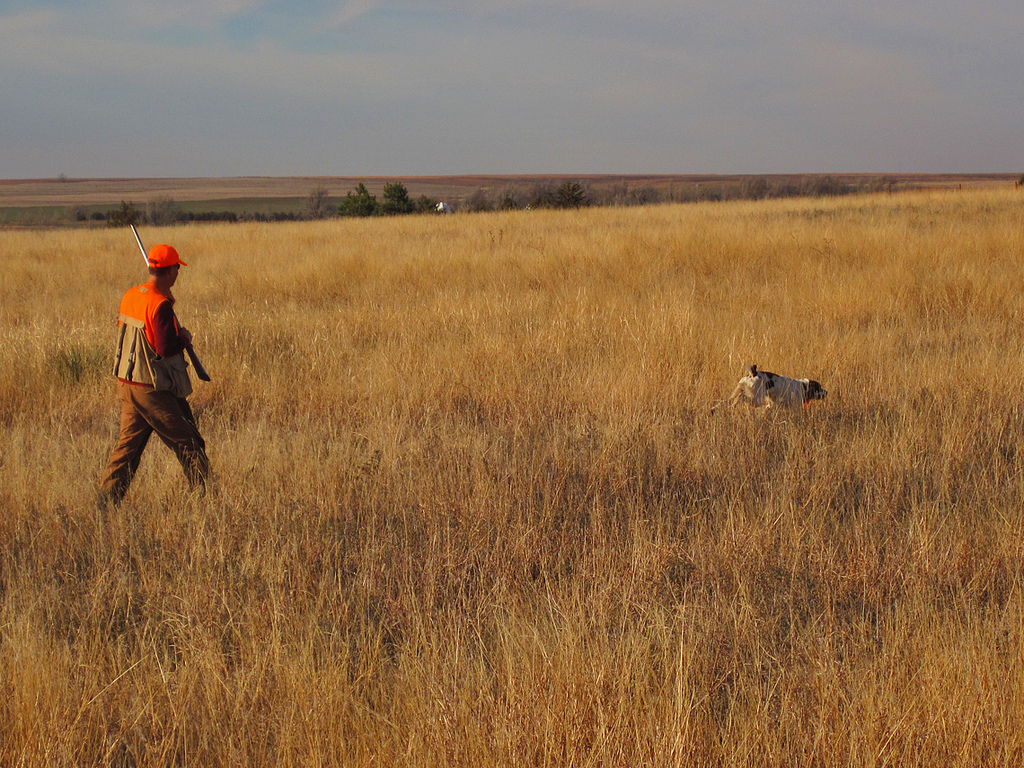
The Premier Lands and Access Program
In 1964, Congress established the Land and Water Conservation Fund to establish new and improve existing outdoor recreational opportunities on public lands. LWCF dollars come from a small fraction of the oil and gas royalties collected by the federal government, and are divided into one of two pools: grants to state and local governments for projects like boat-launches, playgrounds, and trail networks, and appropriations to federal land management agencies for acquiring lands, waters, and access for the sporting public. Parks, forests, shorelines, farms, ranches, and refuges all across the country have been conserved with LWCF dollars.
Over the years, the Land and Water Conservation Fund has invested more than $16 billion in conservation. Because nearly every county in the United States has benefitted from an LWCF project and the program costs nothing to taxpayers, it enjoys bipartisan support on Capitol Hill and among the American public. And given that it spends dollars raised through resource extraction on outdoor recreation opportunities, it stands as the perfect example of a balanced conservation program.
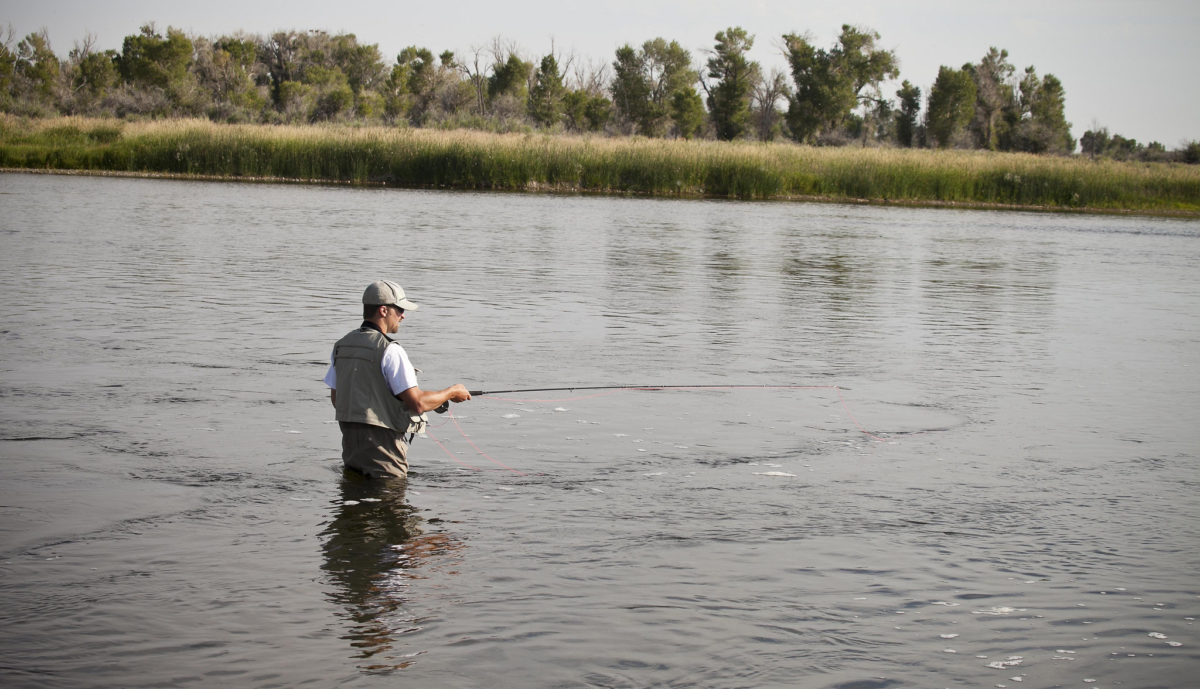
What’s Next?
These funding sources have made an incredibly positive impact on our nation’s fish and wildlife while also improving the opportunities available to hunters and anglers. But sportsmen and women must understand how necessary these funding sources are to the future of hunting and fishing. Our continued contributions to fish, wildlife, and access are too important to be left to chance or the political winds in Washington, D.C.
Top photo courtesy: leighklotz


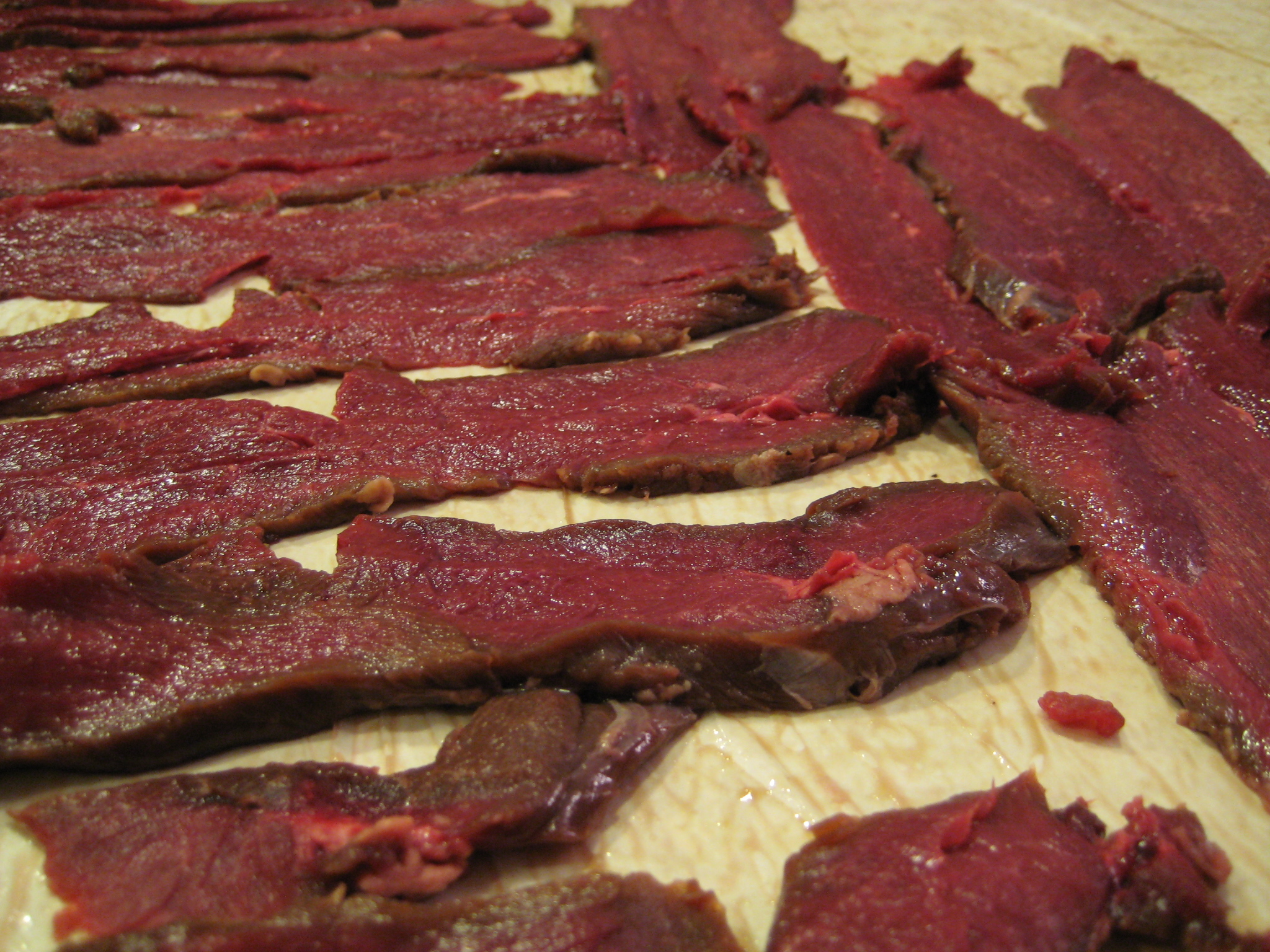
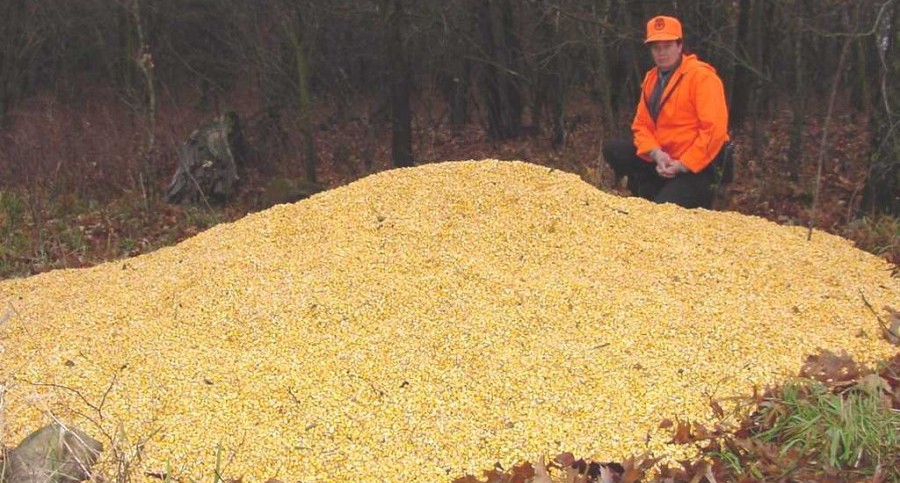
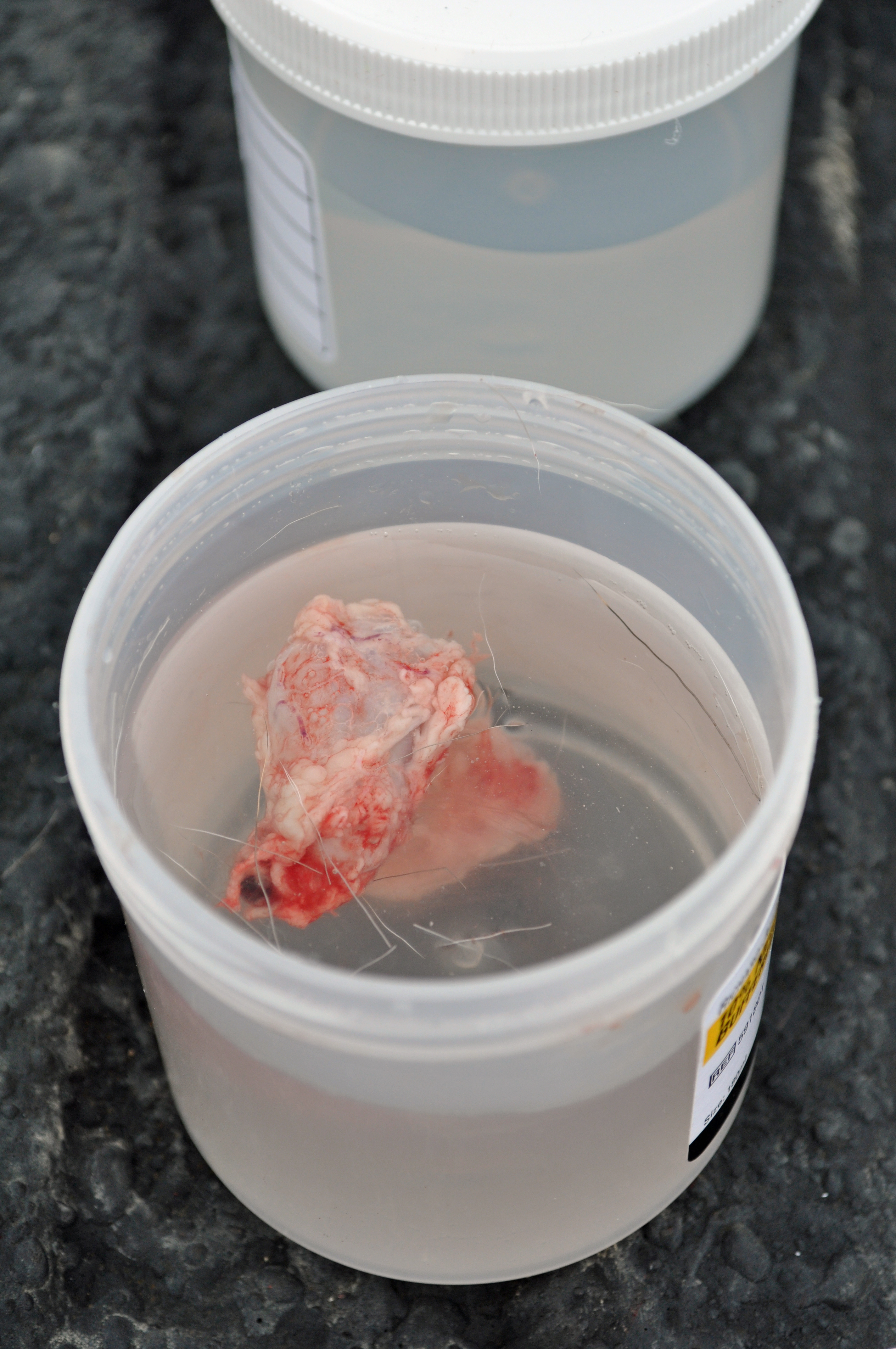
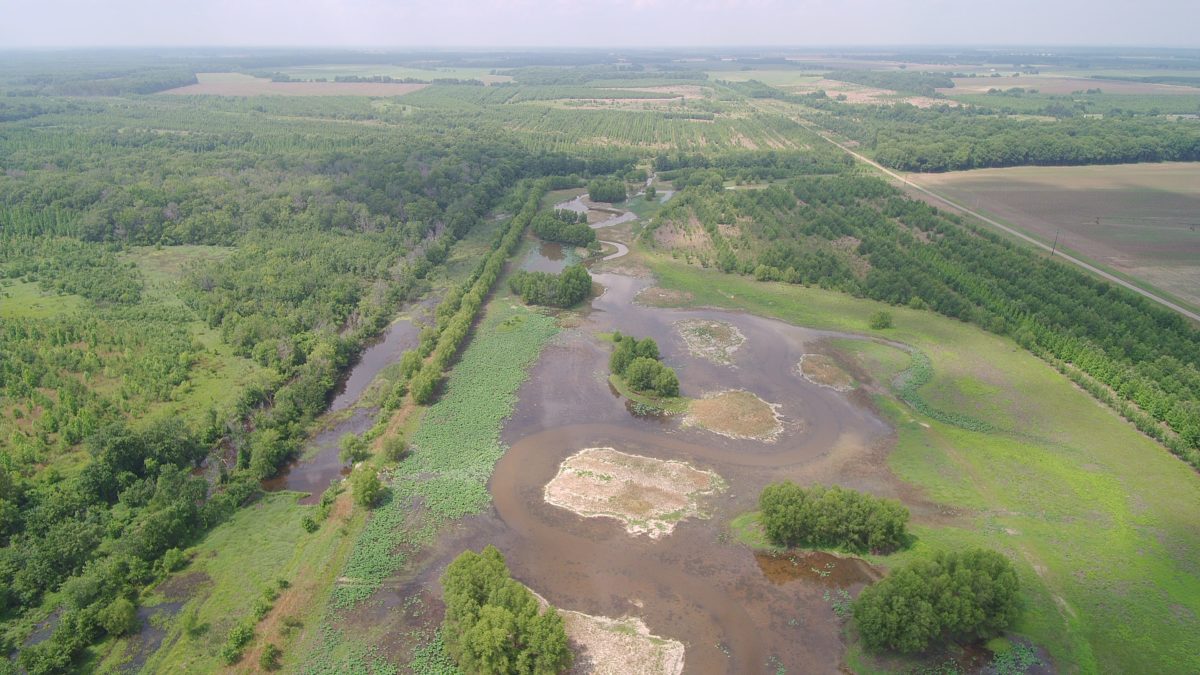
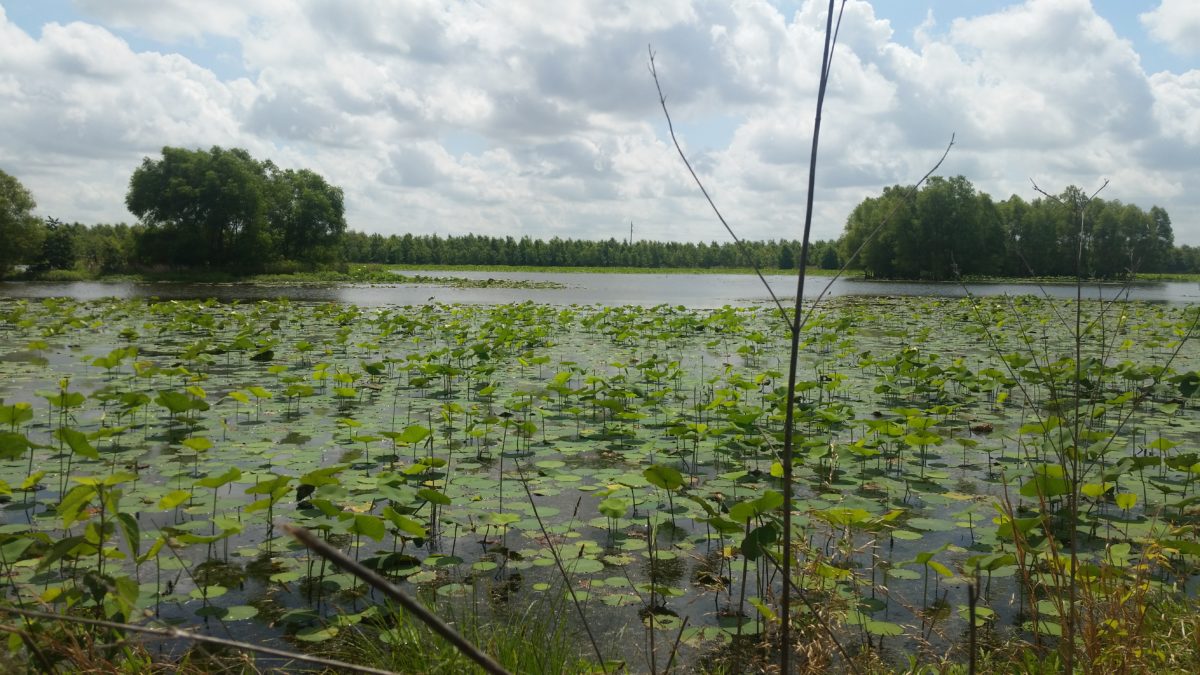
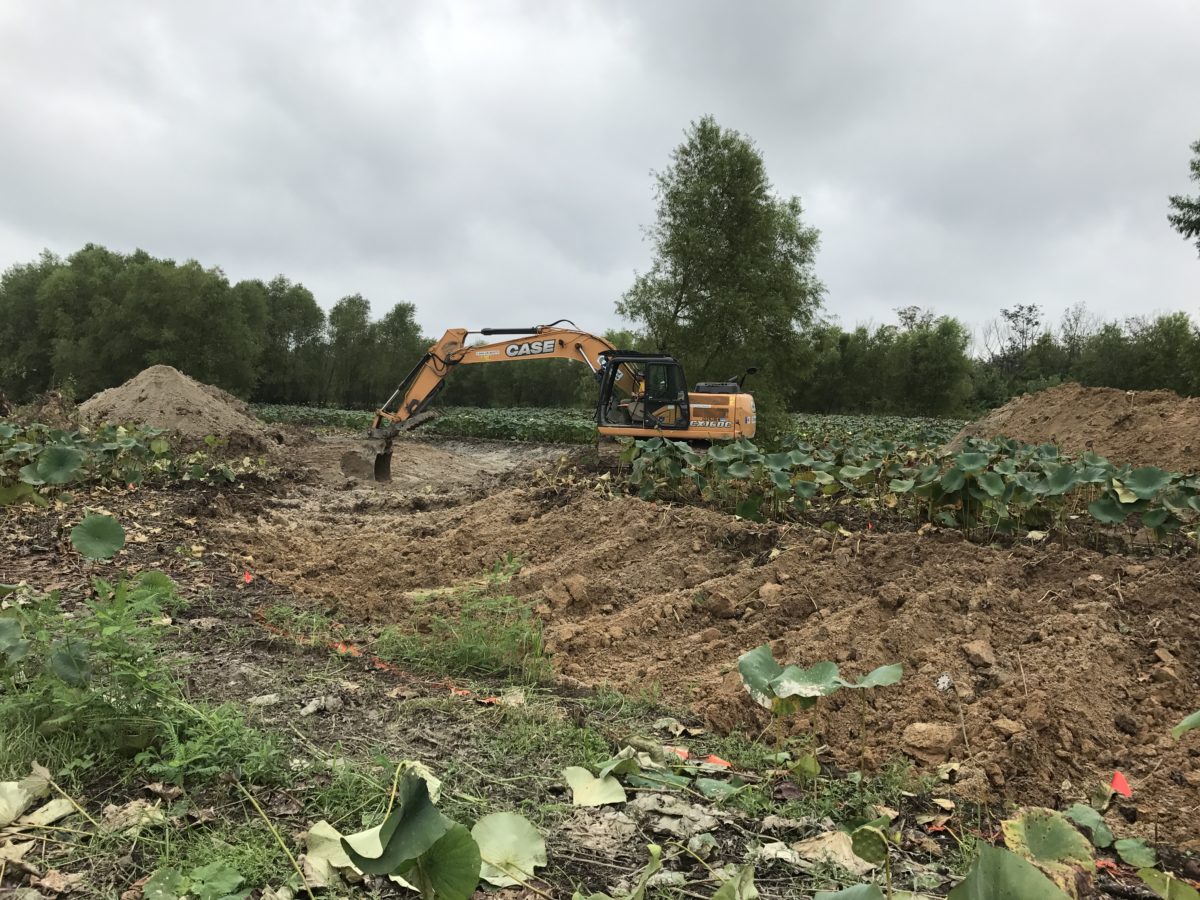
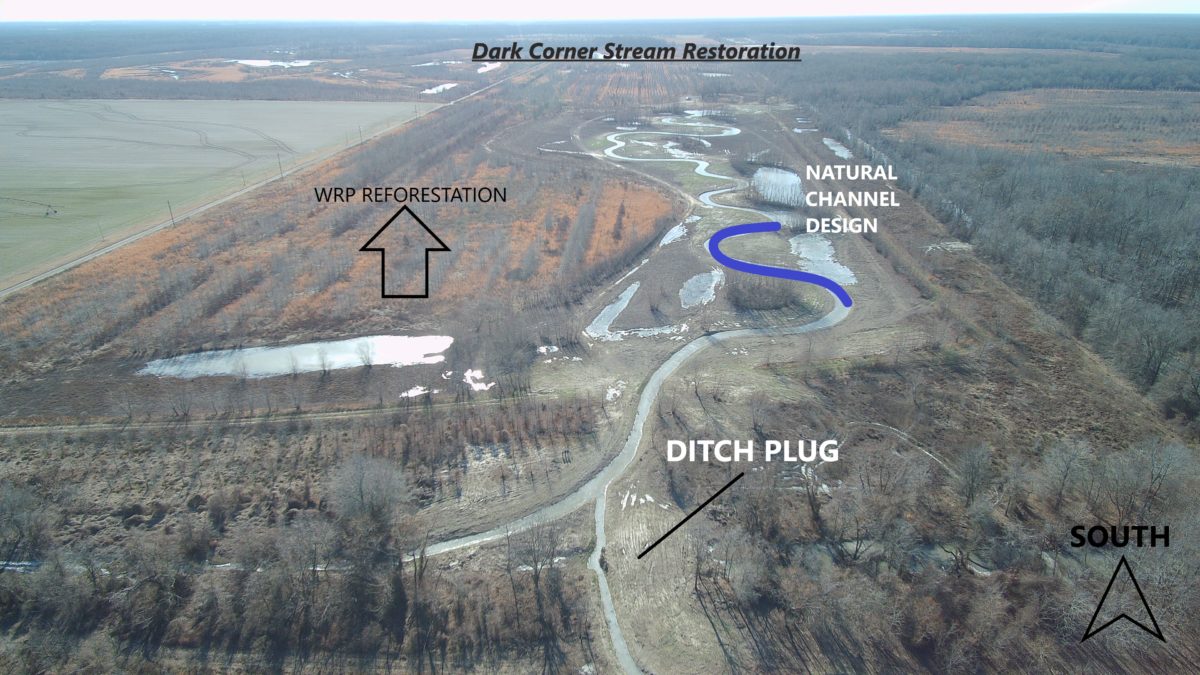
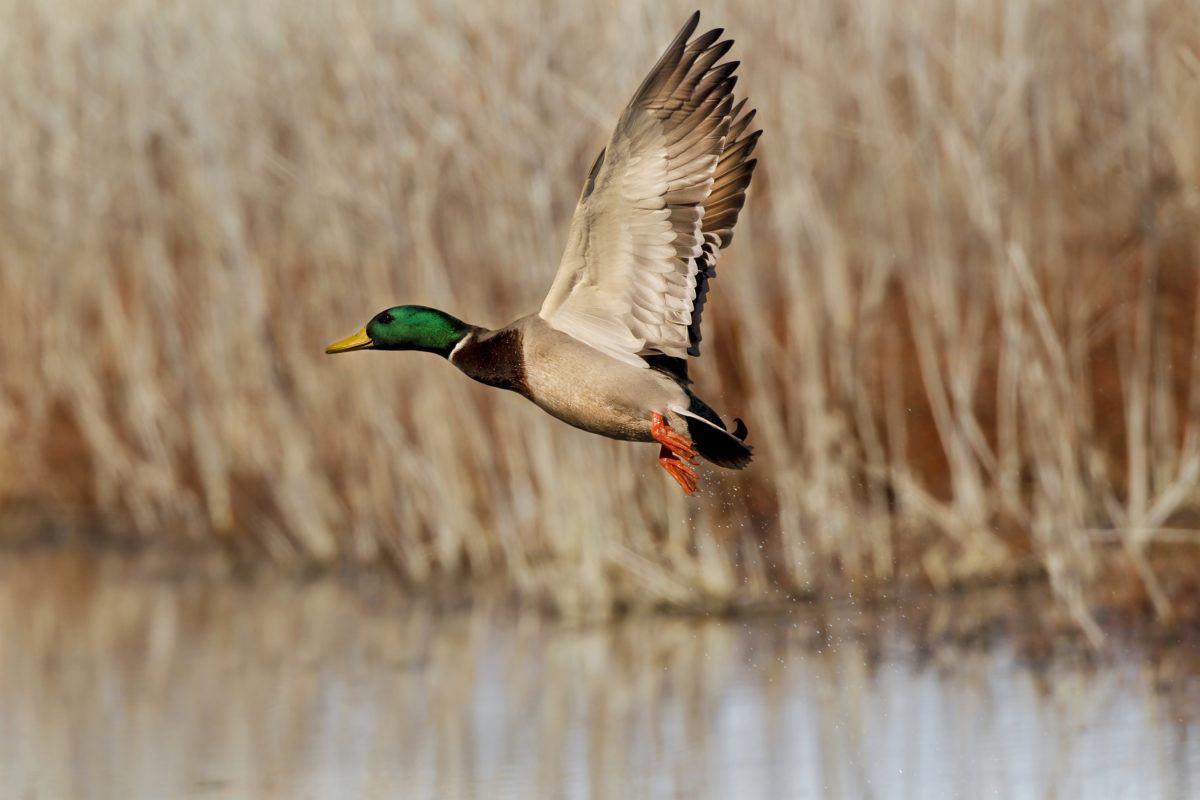
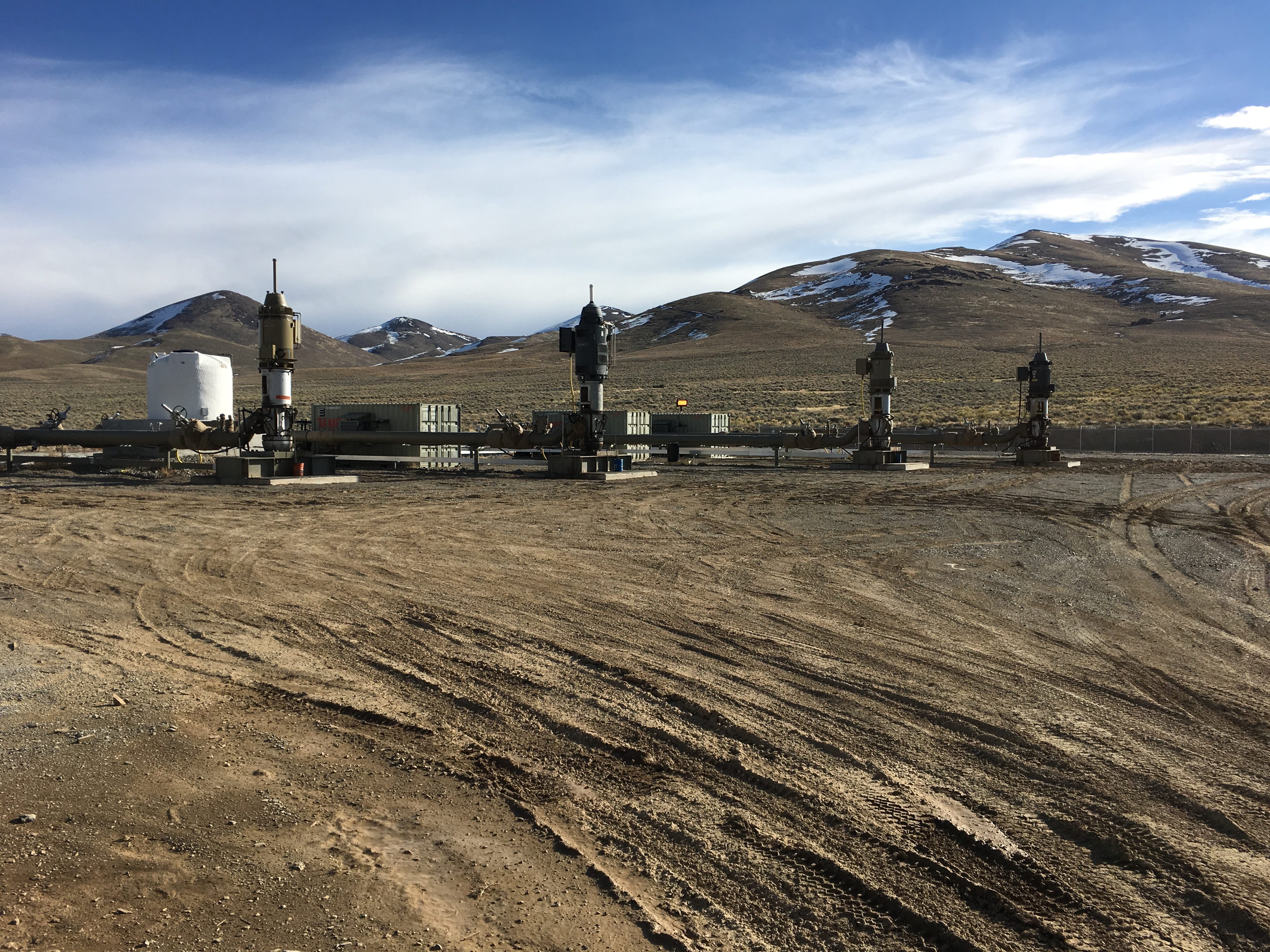
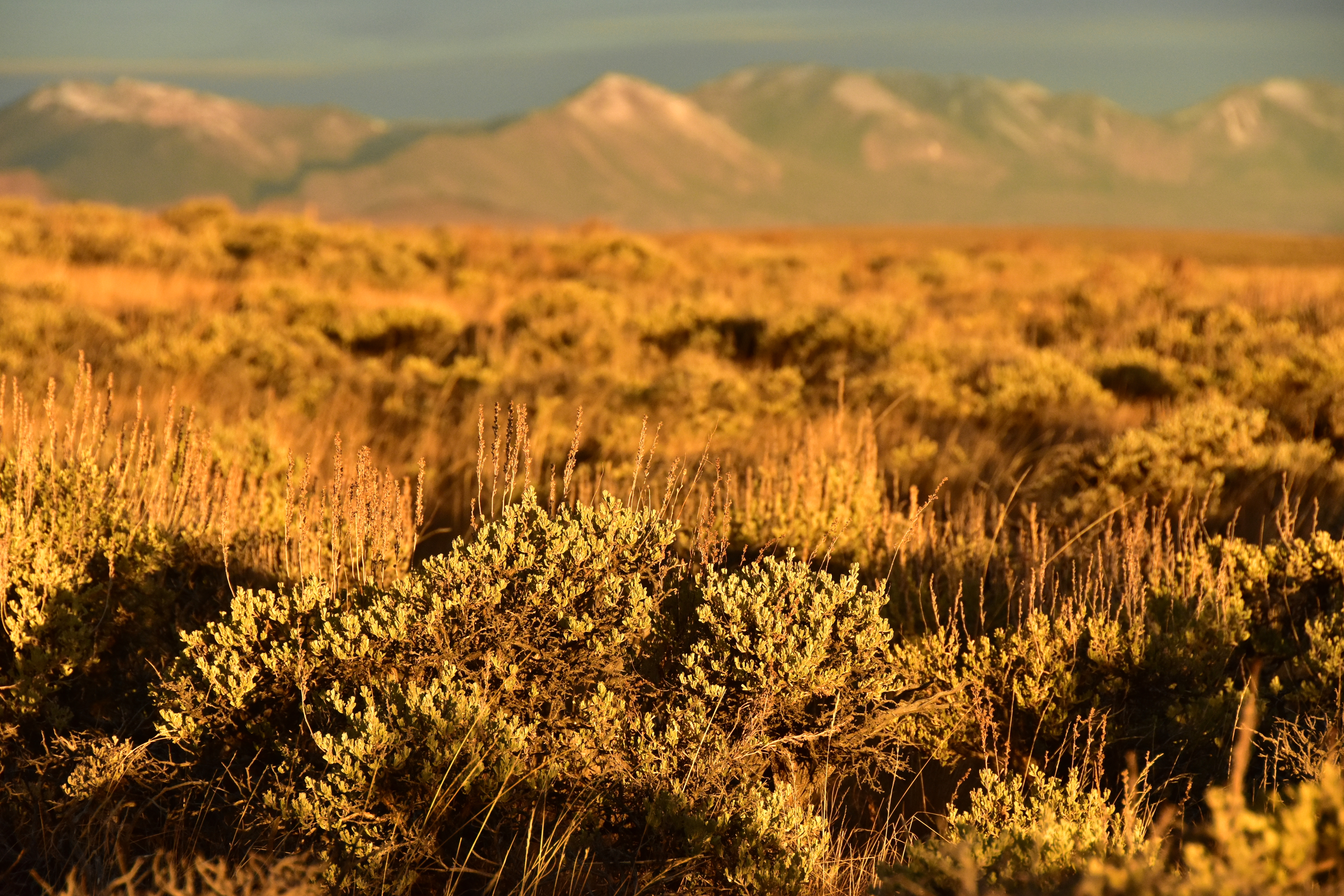
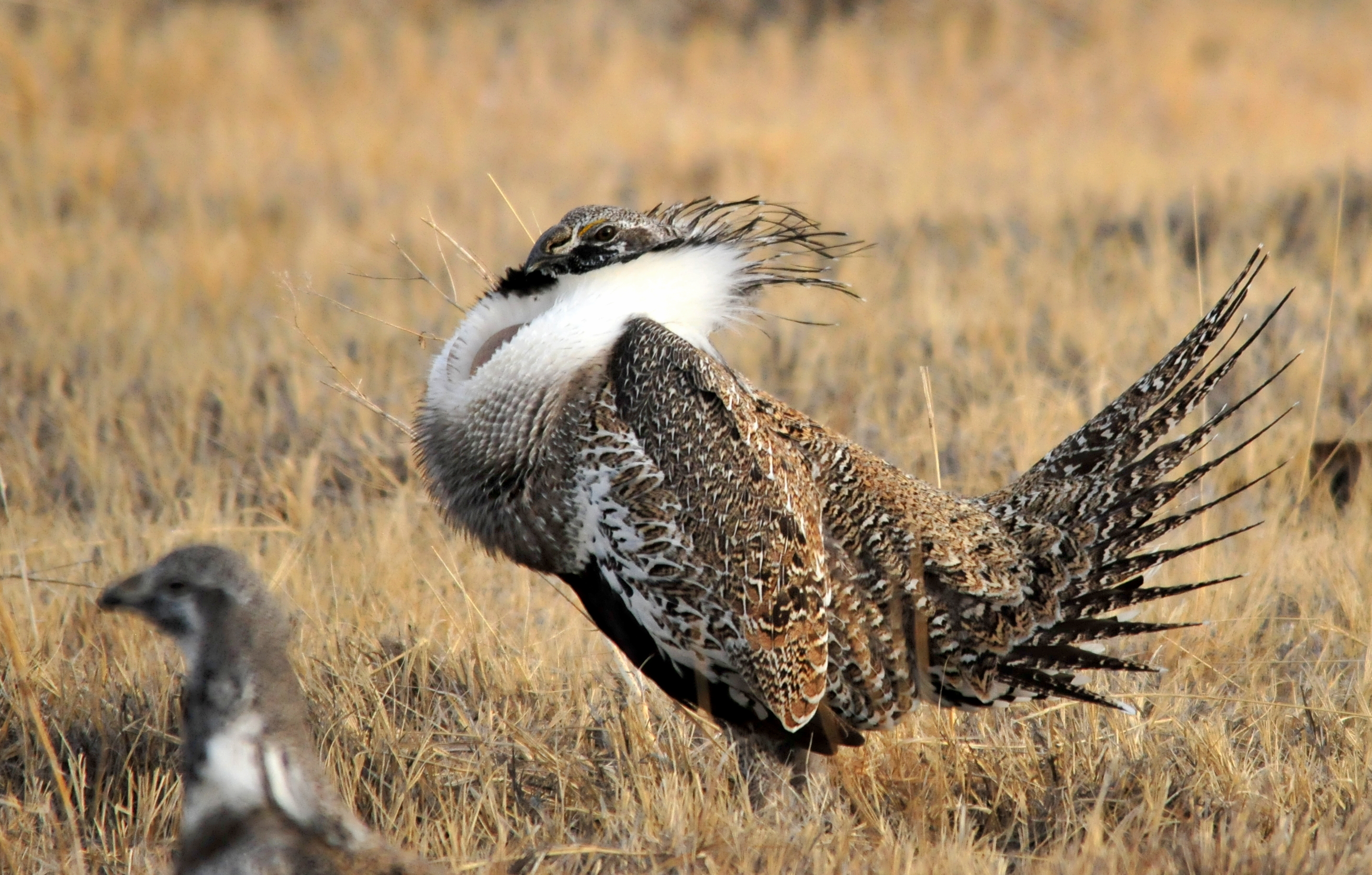




To get Congressional approval to expand Dingell-Johnson, with the Wallop-Breaux act, fisheries groups had to remove the provision which put an excise tax on domestically produced boats. One that was dropped, the bill passed Congress. Think of all the lost revenue such even a very small tax would generate. I don’t believe boat sales would decrease as a result of a small excise tax. Bass boats are expensive and financed over several years. The tax would be a miniscule part of the total cost and rolled into your monthly boat payment. But, the boating manufacturers will oppose this. We need to get them to support such a tax.
Dennis, yes, agreed, even a portion to fund invasive species issues with boats traveling state-to-state. Here in Oregon, we’re having to fund the problem with a state boat fee, for boats over 10 feet (with an I own a raft, and four kayaks, and a drift boat) with an Invasive species permit, yet all the invasives seem to come into our state, from out-of-state boats!
This is a very good informative piece. I will spread it around to my friends and contacts.
We need help. As written the farm bill has no CRP programs to re-enroll the highly erodible and upland lands into. In the next four years over 12,500,000 acres will expire. This is over 1/2 of the existing CRP. The majority of these expired acres will have no CRP programs to re-enroll into. This potential loss needs to be immediately addressed!!
thank You
Jerry Johnson
Regional Director
812-536-2272
The CRP program along with all the other conservation programs is vital to our hunting and fishing success but let’s not forget that the health of our Natural resources is vital to our Mother Earth! We must protect it at all cost.
A lot of these programs need to be re-written to be more specific to the needs. Hunter and fishermen are under attack by so called conservative group that use a lot of this money for their own ideology versus what’s good for citizens. Their now in the business of buying up private land to expand their Idea of reintroduction of species that have no business being here such as timber wolves and Grizzlies. There was a reason they were eradicated to the far north Country and Alaska where they belong. That reasoning is even more prevalent today! All of these programs must work for the majority not the minority special interest groups.. I have no problem with working with private land owners to enhance farming ground to better support wildlife and filter pollution from these grounds into our water system. I have a big problem with Government or Special interest purchasing ground for political agenda’s. It’s time to scale it back, look at the programs we actually need and how it benefits all of us not a just a few.
How about getting our funding from sources that do not involve killing another sentient being? We could start with the 60 profitable Fortune 500 companies paid no taxes on a total of $79 billion of profits earned in 2018!
Good luck with that Kathryn, those corporations own congress.